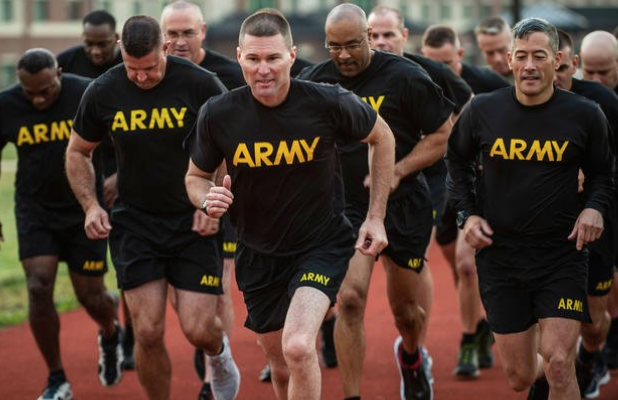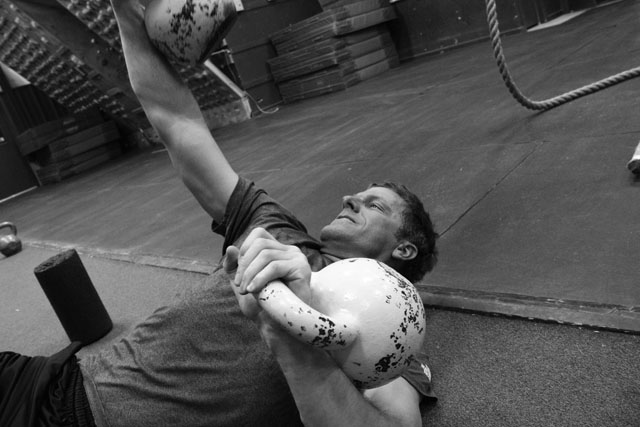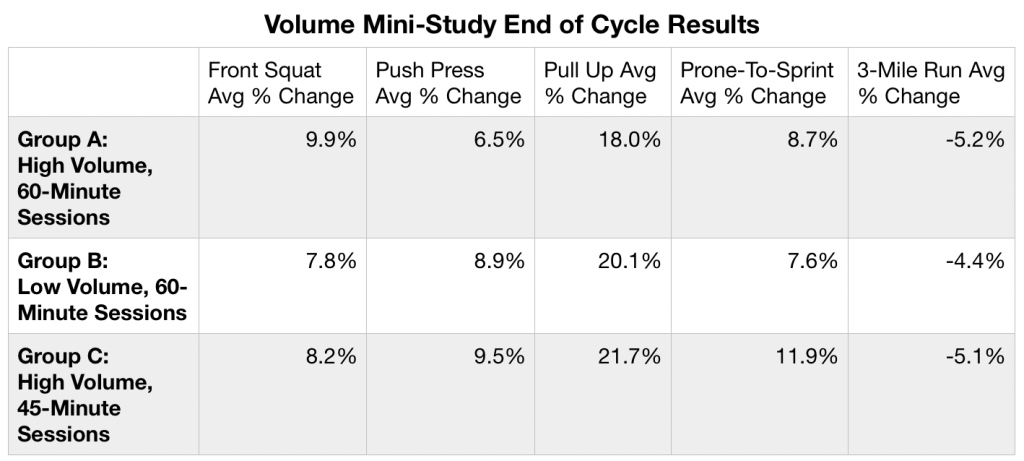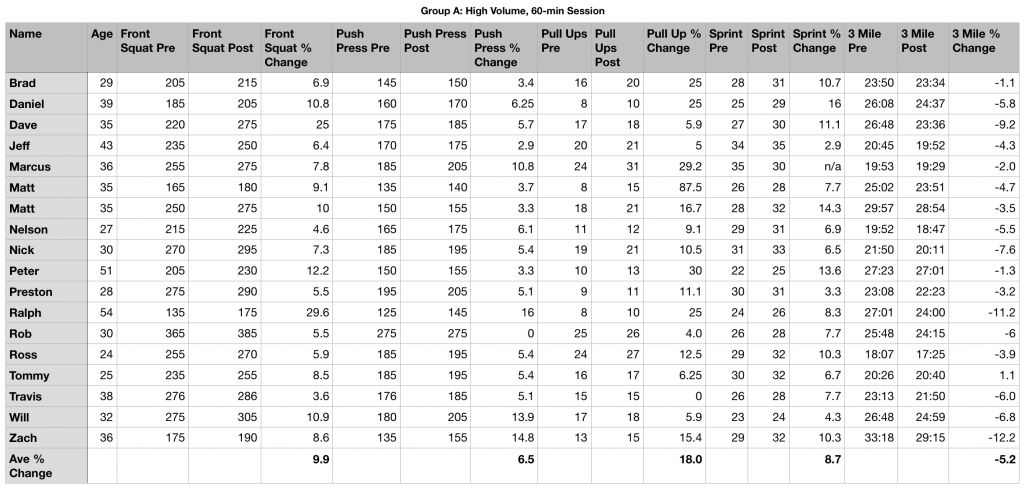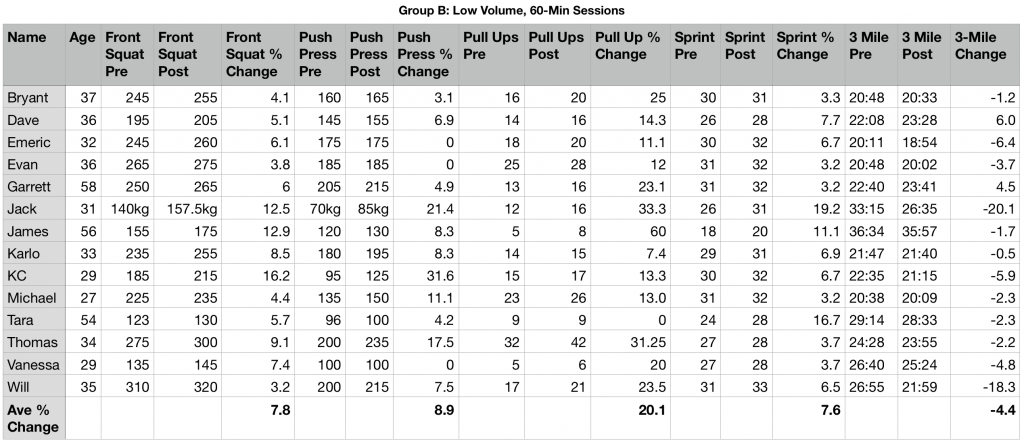
By Joe Hogan
The American fire service has a history of short-sighted leadership. As the firefighters of the 21st Century face down new challenges, we are wise to look at the mistakes of our recent past.
We Don’t Get Fires Anymore
I joined the fire service in 1993, on the tail end of two decades of sharply declining fire activity. Statistics from the National Fire Protection Association (NFPA) indicated that in the 13 years before I joined, total fires in the US had declined by 34%. Most senior firefighters and fire officers of the era had seen nothing but declining fires during their careers.
Fire service leaders had taken note and were hard at work trying to justify expenses to fiscally conscious city administrations. Many responded to falling fire rates by creating specialty divisions to meet non-fire related demands. EMS, hazardous materials, technical rescue and fire prevention being the most common. Ambitious fire officers saw the chance for career advancement and embraced these new specialties.
In 1996, Alan Brunacinui, the late genius Chief of the Phoenix, AZ, Fire Dept. published the landmark, “Essentials of Fire Department Customer Service”. This book introduced the idea that fire departments needed to direct more energy toward meeting the wants of the people they serve. The idea blended neatly with the move toward diversity of service and helped to shape the fire service of the 21st century. Many advocated running their fire departments as a business rather than an emergency service.
My own fire academy class was visited by representatives from each of the department’s special divisions. They encouraged us to volunteer for specialized training as soon as possible. We were told that being “just a firefighter” would not be enough to advance one’s career in the coming decades. The idea that firefighting was vanishing from the landscape was conveyed almost daily.
I was assigned to our busiest engine company at graduation but was deflated to find the same mentality had taken hold there as well. The senior men regaled me with stories of fighting 2-3 fires a night a decade or two before but laughingly told me those days were long gone. “We don’t get fires anymore, kid.”, was the mantra.
Needless to say, this was demoralizing. I’d chosen this vocation because I wanted a life of challenge. I wanted to drag hose, throw ladders and make rescues. I certainly knew non-fire duties were going to be part of the job. That was no surprise. What did surprise me was the dismissive the attitude toward firefighting training, tactics and traditions. I was also surprised at how blatantly specialty training was favored in the promotional process. Many new line officers were being promoted to their positions directly from the fire prevention or EMS divisions.
Challenging the Narrative
In early 2000, the late Andrew Fredricks, Lieutenant of FDNY Squad 18, delivered a speech entitled, “Don’t worry ‘bout that nozzle, kid. (‘cause we don’t do fires anymore)” at Fire Engineering’s annual Fire Department Instructors Conference. The address is readily available online. In his speech, Lt. Fredricks successfully debunked the myth that structure fires were vanishing from the landscape by showing that the recent decline in fires was merely a recovery from a statistically skewed period.
The 1960’s witnessed a population shift to suburban areas, declining urban property values, and civil unrest. These events contributed to a dramatic increase in fires but that data was not captured in national statistics. The National Fire Protection Association began listing comprehensive national fire statistics in 1980. So, as social upheaval began to stabilize in the 1980’s, fire activity not only dropped sharply, but it was being tracked nationally.
The truth was that while fires had peaked sharply between the mid-60’s and mid-80’s, the fire service of the late 90’s was still seeing numbers equal to or greater than all other decades of the modern era. Lt. Fredricks used FDNY’s records to demonstrate this point. When one looked two or more decades before the peak in New York’s fire activity they saw fires were, in fact, up and not down. To explore how consistent this was across the county, I looked at my own department’s archives a few years later. Our fires had declined 37% between 1976 and 2006 but if the data were mined between 1946 and 2006 total fires had actually increased by 6%. This trend tends to be reflected across the nation.
Fredricks also pointed out that while fires were actually up slightly, other calls had skyrocketed. My department’s numbers showed that EMS calls had increased 228 times and total calls had increased by 763% in the previous 60 years. This meant that while there were more fires in my city, fires accounted for much less of the workload. In 1946 our firefighters fought fire 73% of the time they rolled out as opposed to a mere 9% in 2006.
Innovation vs Tradition
Sadly, Lt. Fredricks was killed in the WTC on Sept. 11, 2001, but he inspired a generation of American firefighters to push for a more realistic intersection of innovation and tradition. They were unfortunately met by chiefs and administrators who had all too often advanced to their positions by being something other than “just a firefighter”.
The leadership running the fire service had largely entered during the peak of national fire activity and had been riding the decline through their entire careers. Worse yet, a narrow view of the trends reinforced the position that fires were going away. They had spent much of their careers re-allocating budgets and energy away from fundamental fire training and tactics in favor of EMS and customer service and were obviously reluctant to admit that they had left their departments in a weakened state.
Possibly, even more damning than the devaluation of firefighting capabilities on the part of leadership was the acceptance of understaffing. Chiefs who had risen to their positions by preparing their departments for a “fireless” future were ill prepared when city councils began calling for reductions in staffing. Little by little engine and truck companies were either replaced by ambulances or simply eliminated in order to balance budgets.
NFPA data shows that due to the influx of non-fire related responses, total fire department calls rose 176% nationally, between 1988 and 2018. During the same period they also show the number of career firefighters serving per 100,000 increased a mere 2% and volunteer firefighters per 100,000 actually decreased by 18%. It should also be noted that during this period many firefighters have been reassigned to primarily EMS or specialty roles. In my old department staffing levels have remained relatively consistent over the past 75 years but the distribution of that staffing has changed. In the middle of the 20th Century, 2.8% of on duty members were assigned to ambulances. Today that number is 27.7%.
Impact
While there are many notable exceptions, the leadership of the 1990’s and 2000’s left a hamstring, demoralized, and understaffed fire service to hold the line against a constant fire problem, while also delivering a host of new services. Meanwhile the fires kept coming and communities suffered. Firefighters were asked to keep pace with complex changes in their mission while still taking on the dirty, difficult and dangerous work of structural and wildland firefighting.
In spite of the return to more normalized fire activity and technological advancements, firefighter line of duty deaths averaged a grim 98 per year between 1990-2010 (excluding 9/11/01). Unfortunately, the response by many was to further pull back from traditional firefighting training and tactics. While “customer service” had been the rally cry of leaders wishing to divert energy from firefighting in the 90’s, the term “risk management” became the buzzword of the 00’s. Fundamental practices like rooftop ventilation, aggressive searches and even interior fire attack were discouraged or were even eliminated in many departments.
It can be argued that this hands off approach to firefighting may have contributed to the encouraging decline in firefighter deaths since 2010. Annual line of duty deaths have averaged 67 over the past decade, but civilian fire deaths have increased almost every year during the same period. In 2019, civilian fire deaths reached 3,704 for the first time since 2004. Many have argued that the move toward “risk management” has resulted in an abandonment of civilian life.
According to the Firefighter Behavioral Health alliance, more active firefighters have died by suicide than died in the line of duty in every year since 2013. A recent study funded by the American Heart Association of male career firefighters indicates they are one third more likely to consume alcohol and twice as likely to binge drink than the average American male. Firefighters have a 14% higher risk of dying by cancer than the average population. It is difficult to argue that a heavily increased call volume, widened set of expectations and reduced staffing do not play a role in these issues.
From the Ashes
As gloomy as this may sound, I believe the fire service has turned a corner. The message of Lt. Fredricks did not die in the rubble of the World Trade Center. The lure of being “just a firefighter” did not lose its hold over generations of young fire recruits. Company officers and line chiefs everywhere never stopped drilling the fundamentals with their firefighters. The American fire service is still rooted in its historic mission. This is not true because traditionalists held stubbornly to romantic notions about the past but because the harsh reality of the job demanded it.
Many of today’s emerging leaders entered the job being told they would see an effective end to firefighting during their careers but their personal experiences told another story. These men and women did not abandon their core mission because their circumstances would not allow them to. The fires kept coming along with all the other demands. They learned to manage the complex worlds of EMS, hazmat, and public education along with the gritty world of fireground operations. They also embraced physical fitness, education and diversity as a daily part of their job.
Today’s emerging fire service is still facing a mountain of work. Our departments are almost universally responding to record call volumes and levels of fire activity consistent with the late 1950’s. We are expected to be fitter, smarter and more durable than ever before in our history. Today’s firefighters are expected to accomplish more work with fewer hands than ever before. Fortunately a generation of leaders seems to be rising to the task.
Many departments have implemented a return to basic fire training. Fitness and wellness programs are on the rise. Unions and community groups have made arguments for increased staffing. Cancer presumptive clauses exist in most states in order to assist firefighters who fall victim. Suicide prevention and substance abuse programs are spreading. In all, it appears as if efforts are being made to address the failures of the past and assist the modern firefighter meet the demands of the job.
Why did a previous generation of leadership take away from a traditional emphasis? Certainly we had our share of career driven opportunists but I think the majority were simply responding to a changing environment. I believe they really believed they were leading their departments in the right direction.
Why is today’s generation of leadership moving in other directions? I think they too are simply responding to their environment. They see a skyrocketing level of call volume and a fairly constant level of fire and are working to meet the demands while looking out for their people.
The view looking out from the firehouse in 2020 is changing yet again. At the time of this writing NFPA statistics shows Covid 19 has resulted in a 30% increase of firefighter line of duty deaths. Incidents of civil unrest have sprung up in every major city and most small ones. Gentrification and re-urbanization are altering the geography and demographics of our cities. Climate patterns appear to be influencing wildland fires and extreme weather events. And threats of terrorism are rising. I cannot say how the new leadership of the fire service will respond to the new landscape, but I hope they bear one thing in mind. We can and do many non-fire related tasks every day, but only firefighters put out fires.
Joe Hogan is a retired Fire Captain.
Subscribe to MTI's Newsletter - BETA



